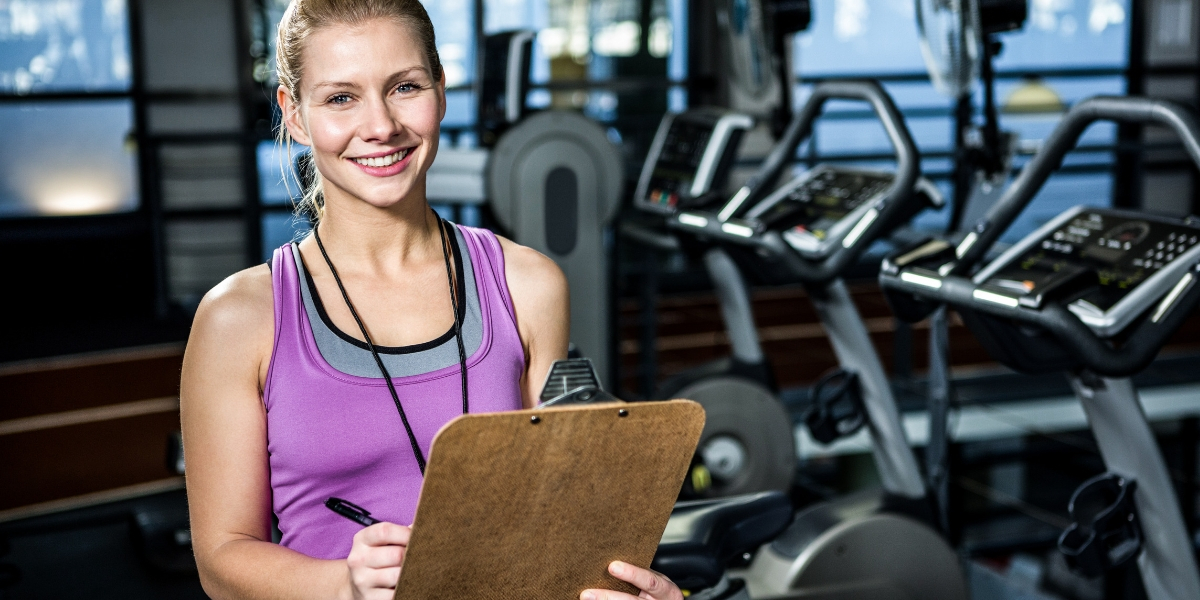What Goes Into A Great Functional Workout

There are so many different ways we can build workout programs, but which exercises work best? What are the components of a sound exercise program? How do we track progress? What's the difference between functional training and conventional training? These are all great questions we will answer here.
First, it's important to discuss the brain and how it functions in regards to movement. Our brains don't recognize single muscle movements, rather, it works by engaging slings of muscles and engaging movement in patterns. You will see many people focusing on single muscle exercises (ie using machines, dumbbell tri's and bi's), which can be beneficial when they are trying to create hypertrophy (making muscles bigger). These exercises don't translate to moving better and they can actually increase stress on joints in the body if forces surrounding the joint are not properly balanced though.
What are the actual components of a good functional movement program? Each session includes the following types of exercises: glutes, core, upper body pushing, upper body pulling, hip hinge, rotation, and balance. Many exercises will even hit multiple components previously listed all at one time within a single exercise, such as the Bulgarian deadlift. Since this is a single leg exercise, balance is stressed, there's a hip hinge in the movement, and the primary purpose of the exercise is to strengthen the glutes. Glutes and core work together, so core is engaged in the exercise and often times there will be weights in the hands, which works on grip strength. Gripping heavy objects will also engage rotator cuff muscles and lats. Is this a challenging exercise? Yes, it certainly can be! You get a whole lot of bang for your buck out of it though. Variations for this exercise, such as holding weight in only one hand will add a component of resisted rotation as well (which is great for improving rotation). All of this makes Bulgarian deadlifts a great functional exercise.
How do we track progress and how do we progress programs? One thing you won't see me walking around with is a clipboard filled with exercise sheets. This is because our body movement can be different from day to day and our program needs can vary greatly from one session to the next. Constant program variation can be too confusing for the brain to allow progress in function and in strength, but keeping our programs the same can stall progress and feel stagnant. I use all the warm up exercises to assess movement and I also constantly evaluate body movement throughout each exercise. There's always a plan ahead of time for each session, but the exercises we use may deviate from the plan based on what I'm seeing in your movements and based on how you report that you feel. There's always a plan based on your functional movement assessment, but the plan oftentimes needs to be fluid.
If you're looking to move better, and feel better with a functional movement based training program, reach out to Marie today!
